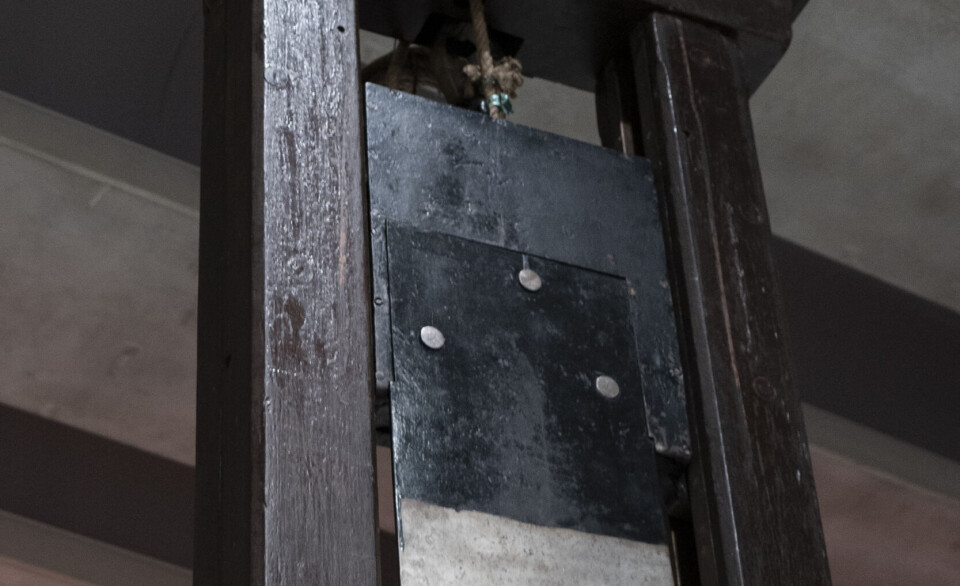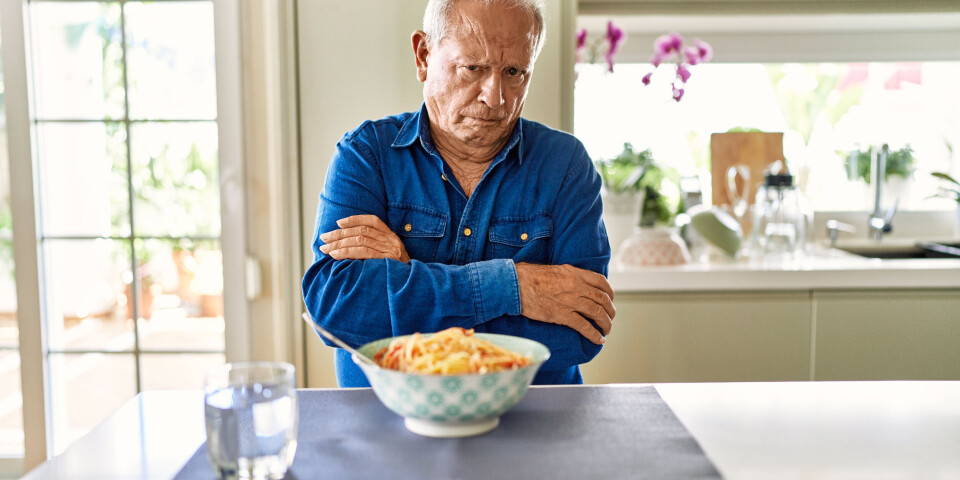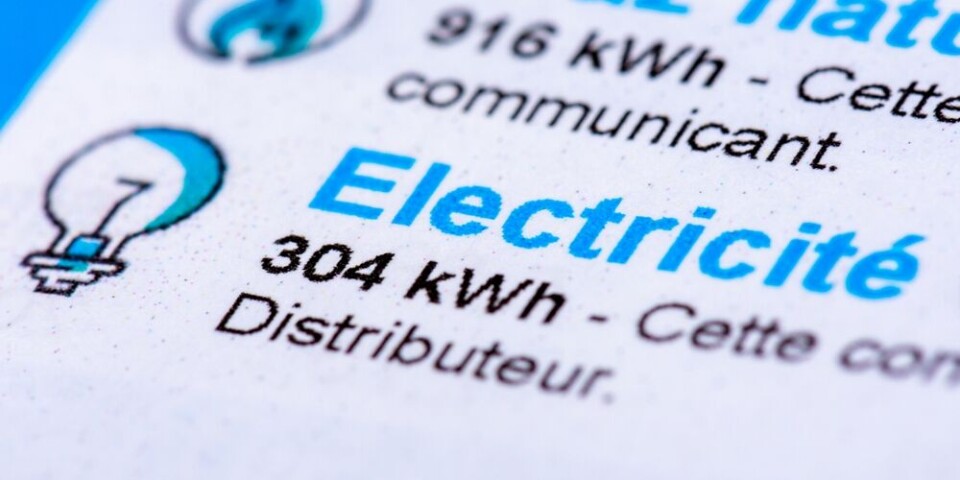-
French honey production almost double that of last year
South-east saw lower yields after being affected by summer heatwaves despite good news elsewhere
-
Water restrictions extended in southern French department as drought continues
Pyrénées-Orientales remains in a state of drought as groundwater levels continue to fall
-
Recipe: Puy lentil and bacon soup with seasonal greens
Perfect for warming up during the colder months, this recipe is easy to follow and full of flavour
The ugly truth about the eggs we buy
Animal rights group L214 has shocked the public into changing their buying habits, forcing supermarket chains to respond by moving away from cage-laid eggs - but there's more to do, a spokesman says

It is World Egg Day on October 13, and although the event is mainly a reason for producers to promote eggs via children's competitions and donations to charities, it is also a good time to take stock of the industry.
Eggs are one of the most versatile ingredients in our larders, useful in both sweet and savoury dishes, but can also carry nasty bacteria including salmonella and listeria, so it is important to know exactly how and where they've been produced.
The contaminated egg scandal this summer sent nervous ripples across Europe but, although eggs and egg products from other countries were contaminated with the insecticide fipronil, no eggs produced in France were affected.
Old-style battery cages were phased out in 2012, but 68% of French laying hens are still kept in so-called 'improved cages', in which they cannot turn round, never see daylight, lose their feathers and routinely have their beaks removed.
Animal rights activists regularly complain about the terrible living conditions chickens face, and also about the fate of the 50,000 male chicks per year in France which are thrown alive into automatic grinding machines on the day they hatch.
There are no plans to ban cages, but consumers are increasingly aware of the animal rights issues involved in the egg production industry.
Animal rights charity L214 has campaigned for years on laying-hen welfare and other animal issues in agriculture, and charting the progress of its efforts.
In large part as a result of consumer demand and changing public opinion, the supermarkets Colruyt, Atac and Monoprix have already stopped selling cage-laid eggs. Others such as Carrefour, Leclerc, Intermarché, and Casino have committed to phasing them out by 2020 and yet more (including Lidl, Cora, Auchan, Aldi, Picard, and Grand Frais) will do so by by 2025.
Food producers are also increasingly phasing them out, with multinationals like PepsiCo, and Kellogg's pledging to stop using cage-laid eggs globally by 2025.
"The breakthrough was Monoprix in 2016," says Brian Mordasini of L214. "Once they stopped selling cage-laid eggs, all the other supermarkets had to follow suit.
"And once catering company Sodexo stopped using cage-laid eggs in their kitchens, others had to follow and Acor led the way for hotels and the Flunch chain of canteens also led the way, and now food producers are also phasing them out."
This is vital news he says, because the new cages are only a few centimetres larger than old battery cages and have not improved life for their inmates. "In some countries, like Germany and Belgium, producers removed batteries and upgraded egg production to hangars and outdoor production, but in France the vast majority of producers just introduced larger cages, which are not much better."
He says reducing demand for cage-laid eggs is a powerful way of dissuading producers from using cages. "Within eight to 10 years cages will be very much the minority production method in France and eventually, when they are legally banned, which we're confident will happen, they will hardly exist any more anyway."
Much of the reduced demand for cage-laid eggs is due to the public being better informed about the reality of intensive farming methods.
L412 is well-known for publishing secretly-filmed videos of animal abuse in abattoirs, dairies, chicken farms and egg production units. "As people see these shocking pictures of bald hens in cages on the internet, they realise that the sunny pastures and daisies printed on egg packaging is very far from the gruesome reality, and it changes their shopping habits."
Did you know?
- France is the largest egg producer in the EU, and the 10th largest egg producer in the world, forecast to produce 14.4 billion eggs in 2017 (compared to 11.3 billion in the UK).
- 111.4 billion eggs are produced annually in the EU.
- People in France eat an average of 220 eggs per year.
- There are 48.6 million laying hens in France, the majority of them (33.6 million) in small cages similar to old-style battery cages.
- 8.8 million laying hens are in hangars (plein air), 3.5 million are in organic farms (bio), and 2.7 million are free range (au sol).
An egg by any other label
To ensure traceability, every container of eggs must be marked with the producer's name, address and registered number; the number of eggs in the shipment and their weight; the date of lay; and date of dispatch.
Category A eggs are sold directly to consumers and classed by weight;
Category B eggs are sold as food producers as ingredients
Small eggs (S) weigh less than 53 grams
Medium eggs (M) weigh at least 53 grams
Large eggs (L) weigh at least 63 grams
Extra-large eggs (XL) weigh at least 73 grams
Eggs are also marked with a code indicating their production method:
0 are organic
1 are barn-laid
2 are free range
3 are cage-laid
Egg boxes must be clearly marked with the address of either the producer, the packager, the distributor or a consumer service; a code indicating where they were packaged; the category and size; the use-by date (28 days after they were laid); the production method code; and the producer's code number.
























